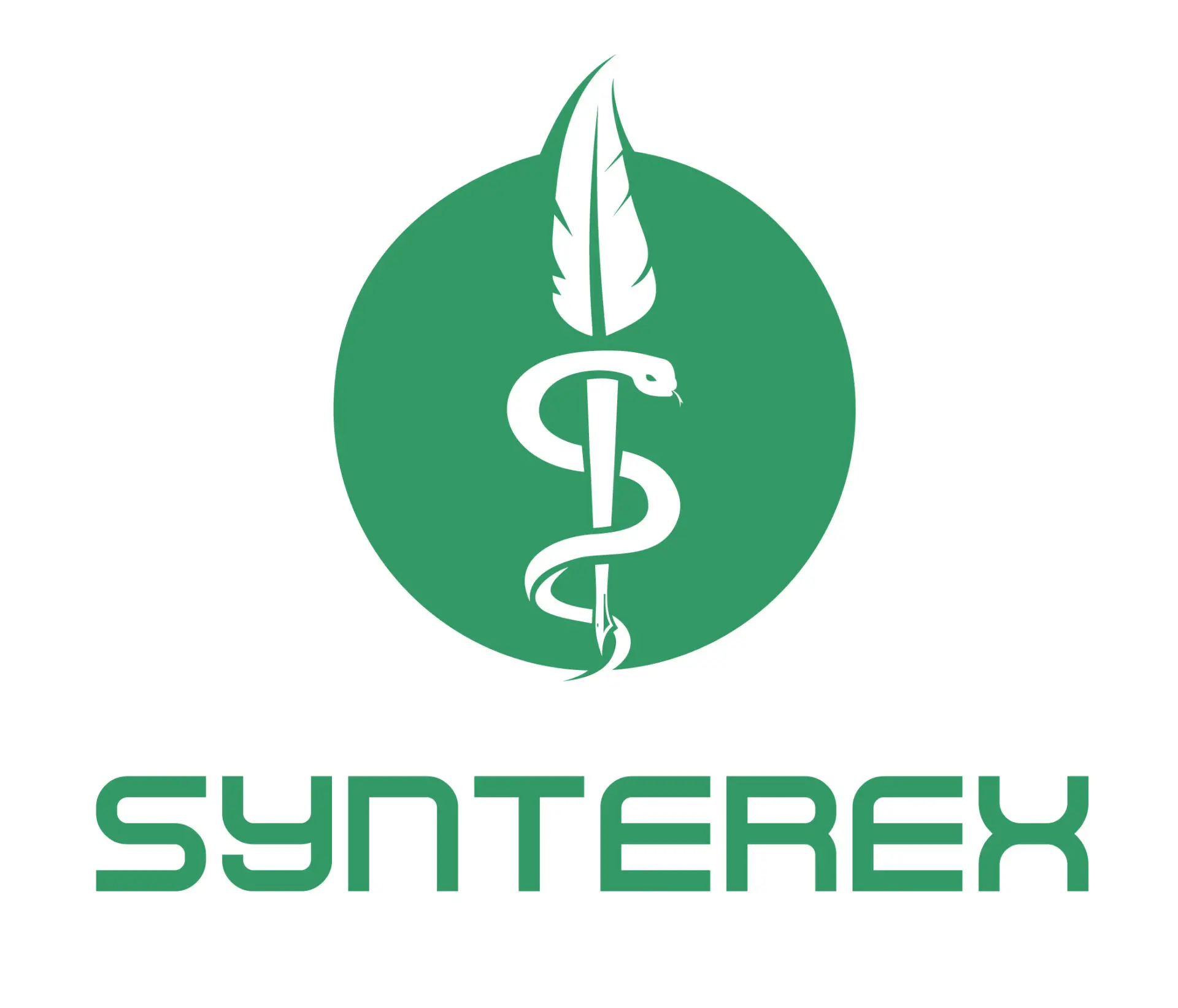Introduction
Safety narratives serve as a critical component of clinical trial documentation, providing a comprehensive account of a patient’s experience throughout the study. These narratives play a key role in pharmacovigilance by offering detailed insights into adverse events that influence regulatory decisions and help safeguard patient health.
As outlined in ICH E3, the International Council for Harmonisation (ICH) Guideline on Structure and Content of Clinical Study Reports (CSR), safety narratives are a required element of the CSR. They ensure a standardized and comprehensive approach to documenting individual patient safety data, including the patient’s medical history, trial participation, adverse events and treatments received. This detailed context is essential for identifying and assessing potential safety concerns.
However, generating safety narratives presents a significant challenge due to the need to integrate information from multiple data domains and disparate sources. These sources include the clinical database or electronic data capture (EDC) system, as well as the safety database, which contains adverse event reports from Council of International Organizations of Medical Sciences (CIOMS) or MedWatch forms. Manually weaving together these fragmented data sources to construct a coherent and accurate patient story is a complex, time-consuming process prone to inconsistencies. Ensuring regulatory compliance requires meticulous attention to detail, making traditional methods increasingly difficult to manage in today’s evolving regulatory landscape.
As clinical trials become more complex, artificial intelligence (AI) is emerging as a powerful tool to streamline safety narrative development. AI-powered solutions, particularly those leveraging natural language processing (NLP) and machine learning (ML), can enhance data analysis, improve accuracy, and accelerate safety reporting. These advancements help optimize decision-making in drug development and post-market monitoring, ultimately improving patient safety and regulatory efficiency.
How AI Enhances Safety Narrative Interpretation
AI-driven solutions can rapidly analyze large volumes of structured and unstructured data. By automating data aggregation and standardization, AI ensures that safety narratives are comprehensive, consistent, and aligned with regulatory expectations.
By training on large datasets, ML models can detect patterns in safety data that may not be immediately apparent to human reviewers. Structured data includes well-defined, quantitative information such as laboratory results, adverse event reports, patient demographics, drug exposure data, and safety records from databases like MedWatch. However, much of the data used are unstructured. Reports from the CIOMS often contain high variability in the content included in their narrative sections.
Training AI models for safety narratives involves supervised learning, where labeled past data helps AI recognize safety-relevant information, and unsupervised learning, which identifies hidden patterns in safety data. Reinforcement learning, or continuous improvement, refines AI accuracy through expert feedback, while domain-specific pretraining using ontologies like Medical Dictionary for Regulatory Activities (MedDRA) and World Health Organization Drug Dictionary (WHO-DD) enhances understanding of clinical terminology.
Once the initial investment is made to train the AI model, it can reduce manual workload, minimize errors, and ensure that safety narratives are consistently formatted for regulatory submissions.
Challenges and Considerations in AI Adoption
One of the biggest challenges with AI in safety narrative generation is its difficulty in determining medical relevance. If AI includes too much detail, the narrative becomes unfocused and less story-like, making it harder to extract key safety insights. If it omits too much, critical context may be lost, potentially affecting regulatory decisions. More work is needed to refine AI models to identify what is truly relevant for safety narratives while maintaining clarity and coherence.
While AI improves efficiency, human oversight remains essential to ensure accuracy, medical relevance, and regulatory compliance. Regulatory and medical professionals must carefully review AI-generated narratives to confirm that key safety information is neither overlooked nor excessive. Additionally, the interpretability of AI models is crucial for maintaining trust and transparency in pharmacovigilance. AI-driven safety monitoring also involves sensitive patient data, requiring strict adherence to GDPR (General Data Protection Regulation) to protect patient confidentiality. Establishing strong data governance policies is essential to mitigate risks and ensure responsible AI adoption in regulatory processes. Learn more about data governance under the EU AI Act here.
Conclusion
AI is revolutionizing safety narrative analysis by improving data interpretation, boosting efficiency, and supporting regulatory compliance. However, the optimal use of AI requires a balanced approach—leveraging automation while maintaining human expertise to validate AI-driven insights.
For pharmaceutical companies and regulatory professionals, AI-powered solutions offer a major leap forward in pharmacovigilance. By integrating AI into safety data workflows, organizations can enhance drug safety monitoring, streamline regulatory reporting, and ultimately improve patient outcomes. The future of safety narratives lies in a collaborative model where AI and human intelligence work together to optimize pharmacovigilance practices.
